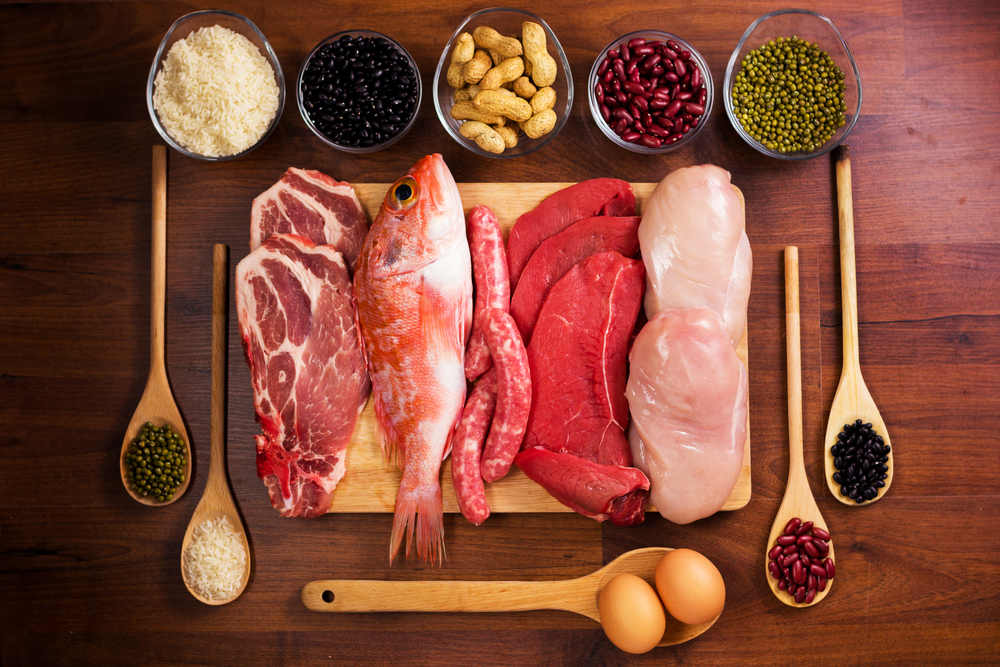
There are a lot—and I do mean A LOT—of dieting tricks, tips, and formulas that we use day in and day out to curb our weight gain or reduce our overall body weight. No matter what method you choose to control or lose weight, from Weight Watchers to adopting a vegan diet, pretty much all diets will call for the same two things: portion control and exercise.
Exercise and physical activity are absolutely important to maintain the overall health of our bodies, but the type and frequency of those activities will vary from person to person. By consulting with a physical therapist, exercise specialist, or personal trainer, you will be able to find the right types of exercises that can serve you and your body best.
Portion control, on the other hand, does not really change from person to person. Instead, food portions are sized to fill your stomach and meet your daily nutritional requirements, and are sized to be as healthful as possible while keeping you full.
Many people use common, identifiable items to give everyone an easy way to imagine their food sizes and make healthier portion decisions. And let’s face it, without a food scale, it can be extremely hard to tell the difference between five ounces and ten. Follow these size-comparison steps to help guide your portion control at home and out to eat.
Meat
Though the smell of a delicious hamburger, smoked ribs, or grilled barbecue chicken wings may send signals to our brains that we can eat “a horse,” the truth is that portion of meat that you consume at any meal should be fairly small.
For sausages, a good rule of thumb is to eat just one, one ounce sausage link that is roughly the size of shotgun shell or a small, pharmacy medicine bottle.
For pieces of meat like a steak or a chicken breast, the traditional portion size is a deck of cards or the a bar of soap.
A ground hamburger patty that is bigger than a hockey puck is pushing the limits of a single portion of hamburger.
A portion of fish should be about the size of your checkbook, only about twice as thick.
Dairy
A portion of milk may be hard to determine, but if you close your fist into a tight ball, the dimensions are representative a healthy portion of milk, about one cup.
In bar form, cheese portions are measured as the top of your thumb from above knuckle or two dice. In sliced form, a portion of cheese is the size of the palm of your hand (usually the size that it is pre-cut).
Cottage cheese and full-fat yogurt come in half-cup portions, which is about the size of half a medium apple. Low fat yogurt can come in one cup portions, or the size of a whole apple.
Fruit
Thankfully, most tree fruit already comes in a portion size—the size of a tennis ball. Other fruits like kiwis, strawberries, or bananas can be measured to one portion by comparing them to the size of a fist, which is nearly a one cup serving.
Vegetables
Cooked veggies are loaded with vitamins and minerals, so it should be no surprise that they have bigger portions than most other foods. One whole cup of veggies is a great portion, so when you’re piling that broccoli and squash on your plate, be sure it’s at least the size of a baseball.
Heavy starch veggies like potatoes and corn should be portioned out to half the size of the other vegetables, or the size of half an apple.
Bread and Grains
A single slice of packaged bread is already at its portion and serving size, but if you are eating a bagel or a muffin, the suggested portion is the size of a hockey puck.
Healthy-grain cereals should be eaten in one cup portions, or the size of a whole medium apple.
Cooked pasta portions should not be larger than your fist, and that portion does not have to include any additional veggies tossed into your pasta dish.
Butter and Oil
When it comes to loading up your dishes with butter and oil, a portion to keep in mind is just about the size of the top your thumb from above the knuckle.
Nuts and Nut Butters
Nuts are healthy, but they are also full of fats that can easily (and sneakily) pack on the pounds. A portion of nuts or nut butter the size of a ping pong ball is best to maintain a healthy balance of fat and protein.

